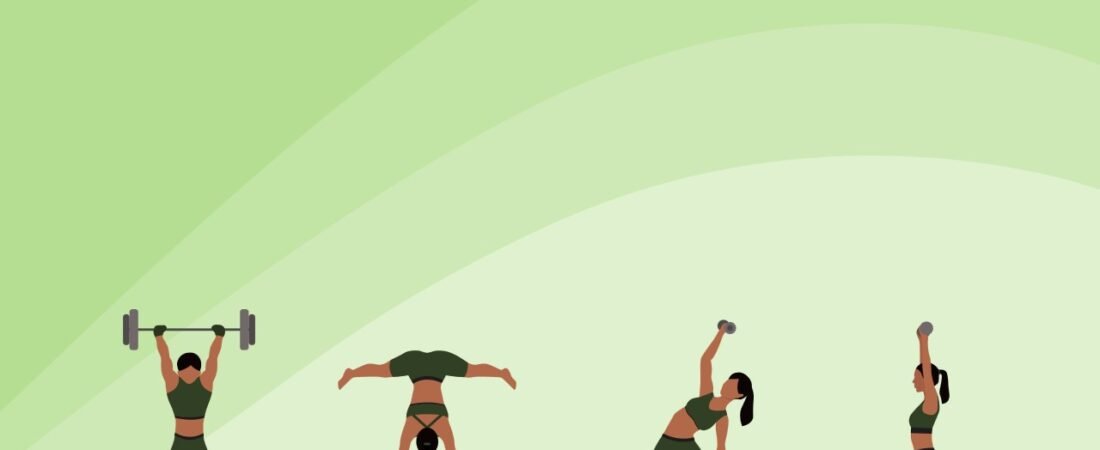What does it mean to get toned?
First let’s take a moment to understand what MOST people mean when they say they would like to get toned. Usually this word indicates that an individual would like to avoid getting bulky, but be able to have visible muscle definition. There is a simple equation for this: Fat loss + muscle gain = toning.
Fat loss (Energy is key!)
Calories are a measurement of energy. Depending on our calories in and out we are either in a caloric deficit (less in than out), caloric maintenance (in equals out), or caloric surplus (more in than out). For fat loss, a mild calorie deficit (300-500 less than maintenance) is ideal. When planning caloric intake, it is important to consider expected energy expenditure. Expected energy expenditure can be estimated considering your basal metabolic rate (BMR) and physical activity levels. In other words, the energy your body is going to expend at rest and the energy your body is going to spend due to additional movement.
Many, even those who use calorie tracking apps, tend to underestimate the amount of calories they consume. Everything from your morning starbucks order, dipping sauces, to the oil you cook in adds to your caloric consumption, so it is important to include everything. Also make sure you are accurately measuring the food. A tablespoon of peanut butter is often much smaller than many think, and mismeasuring can add hundreds of unaccounted for calories.
Too much of a caloric deficit, means burning fat doesn’t supply enough energy, and the body resorts to breaking down muscle. This will result in a thinner appearance, but not toned. Before you think “Oh, I want to be thin”, keep in mind that a decrease in muscle mass will result in a decreased BMR and you will burn less calories at rest. This will make consistent fat loss increasingly difficult. So the key is to ensure muscle growth while in a caloric deficit which we will discuss next.
Muscle Gain (Break and Build!)
Two essentials for muscle gain (or at a minimum maintenance) is getting enough protein and using them (adequate muscle stimulus). This may seem intuitive, but many of us don’t put it into practice.
Some advice on adequately stimulating your muscles. The science supported rule is 10 to 20 sets per muscle group per week. Beginners will be closer to 10, while more advanced lifters will be closer to 20. Practically, this will be 3-4 sets of 3-6 exercises per muscle group per week. There are four major muscle groups you need to keep in mind: Upper body push (chest + triceps), Upper body pull (Back + Biceps), Lower body anterior chain (quads), Lower body posterior chain (hamstrings + glutes). For best results, split the exercises between a minimum of two days leaving at least 24 hours in between each workout. So for two workouts a week, it would be 3-4 sets of 2-3 exercises per muscle group in each workout.
